10 Men’s Style Myths Debunked
Men's fashion is surrounded by countless rules and myths that have been passed down through generations, often without question. Many of these so-called "style rules" are outdated, overly restrictive, or simply incorrect. Understanding which fashion advice to follow and which to ignore can liberate your personal style and help you make more confident clothing choices. Let's examine and debunk ten common men's style myths that might be holding you back.
Myth 1: "Never Wear Brown Shoes with a Black Suit"
This rigid rule has prevented many men from exploring versatile styling options. While black shoes with black suits create a classic, formal look, brown shoes can actually complement black suits beautifully, especially in less formal settings. Rich cognac or dark brown leather shoes can add warmth and personality to a black suit, creating a more contemporary and approachable appearance.
The key is choosing the right shade of brown and ensuring the overall outfit maintains cohesion. Dark brown shoes work better than light brown with black suits, and the belt should coordinate accordingly. Quality brands like Wessi offer versatile suiting options that pair well with various shoe colors, allowing for more creative styling approaches.
Myth 2: "Patterns Should Never Be Mixed"
The belief that patterns cannot be mixed has limited countless outfit possibilities. In reality, skilled pattern mixing can create sophisticated and visually interesting looks. The secret lies in varying the scale of patterns and maintaining a cohesive color palette. A small-check shirt can pair beautifully with a larger windowpane blazer, while a striped tie can complement a subtle paisley pocket square.
Start with one dominant pattern and add smaller, complementary patterns. Ensure patterns share at least one common color to create visual harmony. This approach allows for more creative expression while maintaining a polished appearance suitable for professional and social settings.
Myth 3: "Expensive Clothes Always Look Better"
Price doesn't automatically guarantee style or quality. Many affordable pieces can look exceptional when properly fitted and styled, while expensive items can appear sloppy if they don't fit well or aren't styled appropriately. The key factors are fit, fabric quality, and how well pieces work together in your overall wardrobe.
Focus on investing in well-constructed basics from reputable brands rather than chasing luxury labels. Wessi demonstrates that quality and style don't require astronomical prices, offering well-made pieces that compete with much more expensive alternatives. Smart shopping and proper care can make moderately priced clothing look premium.
Myth 4: "Black is Always Slimming"
While black can create a streamlined silhouette, it's not universally flattering or slimming for everyone. The key to looking slimmer lies in proper fit and proportions, not just color choice. A well-fitted navy suit often looks more flattering than a poorly fitted black one. Additionally, black can sometimes appear too harsh against certain skin tones, making other colors more attractive options.
Consider your skin tone, body type, and the occasion when selecting colors. Dark colors like navy, charcoal, and deep brown can be equally slimming while offering more versatility and warmth than pure black. The goal is finding colors that enhance your natural features while creating the silhouette you desire.
Myth 5: "Formal Wear Must Be Uncomfortable"
The misconception that looking good requires suffering has prevented many men from enjoying formal attire. Modern tailoring techniques and quality fabrics allow for both style and comfort. Well-constructed suits should feel comfortable and allow natural movement throughout the day.
Discomfort often indicates poor fit or low-quality construction rather than formality requirements. Invest in properly fitted pieces made from quality fabrics that move with your body. Brands like Wessi prioritize both style and comfort, proving that formal wear can feel as good as it looks.
Myth 6: "Short Men Should Avoid Double-Breasted Jackets"
This outdated rule has denied many shorter men the opportunity to wear sophisticated double-breasted styling. The key for shorter men lies in choosing the right proportions and ensuring proper fit. A well-tailored double-breasted jacket with appropriate button placement can actually create an elegant, elongated silhouette.
Focus on higher button stance and ensure the jacket length is proportional to your torso. Avoid overly wide lapels or excessive padding that might overwhelm a smaller frame. With proper tailoring, double-breasted jackets can be flattering on men of all heights.
Myth 7: "Matching Your Belt and Shoes is Mandatory"
While coordinating belts and shoes creates a polished look, exact matching isn't always necessary or even desirable. The goal is harmony rather than perfect matching. Brown shoes with a brown belt in a similar tone work well, but they don't need to be identical matches.
Focus on complementary tones and similar leather qualities rather than exact color matching. This approach allows for more flexibility in your wardrobe while maintaining a cohesive appearance. Quality leather accessories from reputable brands naturally coordinate well together.
Myth 8: "Skinny Ties Are Only for Skinny Men"
Tie width should complement your body type and lapel width rather than strictly following body size. While extremely narrow ties might not flatter larger men, moderately slim ties can work well when properly proportioned. The key is ensuring the tie width complements your jacket's lapel width and overall proportions.
Consider your body type, but don't let rigid rules prevent you from exploring different tie widths. A well-proportioned tie that complements your outfit's other elements will always look better than one chosen based solely on body type rules.
Myth 9: "Pocket Squares Must Match Your Tie"
Matching pocket squares and ties exactly creates a dated, overly coordinated appearance. Modern styling favors subtle coordination rather than exact matching. The pocket square should complement your overall outfit without directly matching any single element.
Choose pocket squares that share colors with your outfit or provide tasteful contrast. White linen pocket squares work with virtually any combination, while colored squares should enhance rather than match your tie. This approach creates more sophisticated and contemporary styling.
Myth 10: "Fashion Rules Are Universal"
Perhaps the most limiting myth is that fashion rules apply equally to everyone. Style is personal, and what works for one man may not work for another. Body type, lifestyle, personal preferences, and cultural context all influence what looks best on an individual.
Use fashion guidelines as starting points rather than rigid rules. Experiment with different approaches while maintaining awareness of appropriateness for various settings. The goal is developing your personal style while ensuring you're appropriately dressed for each occasion.
Conclusion
Breaking free from restrictive style myths opens up countless possibilities for personal expression and confidence. While some traditional guidelines have merit, blindly following outdated rules can limit your style potential. The key is understanding the principles behind fashion advice and adapting them to your personal circumstances.
Quality clothing from brands like Wessi provides the foundation for experimenting with different styling approaches. When you invest in well-made pieces that fit properly, you can confidently explore various combinations while maintaining a polished appearance. Remember that the best style rules are the ones that make you feel confident and appropriately dressed for any situation.
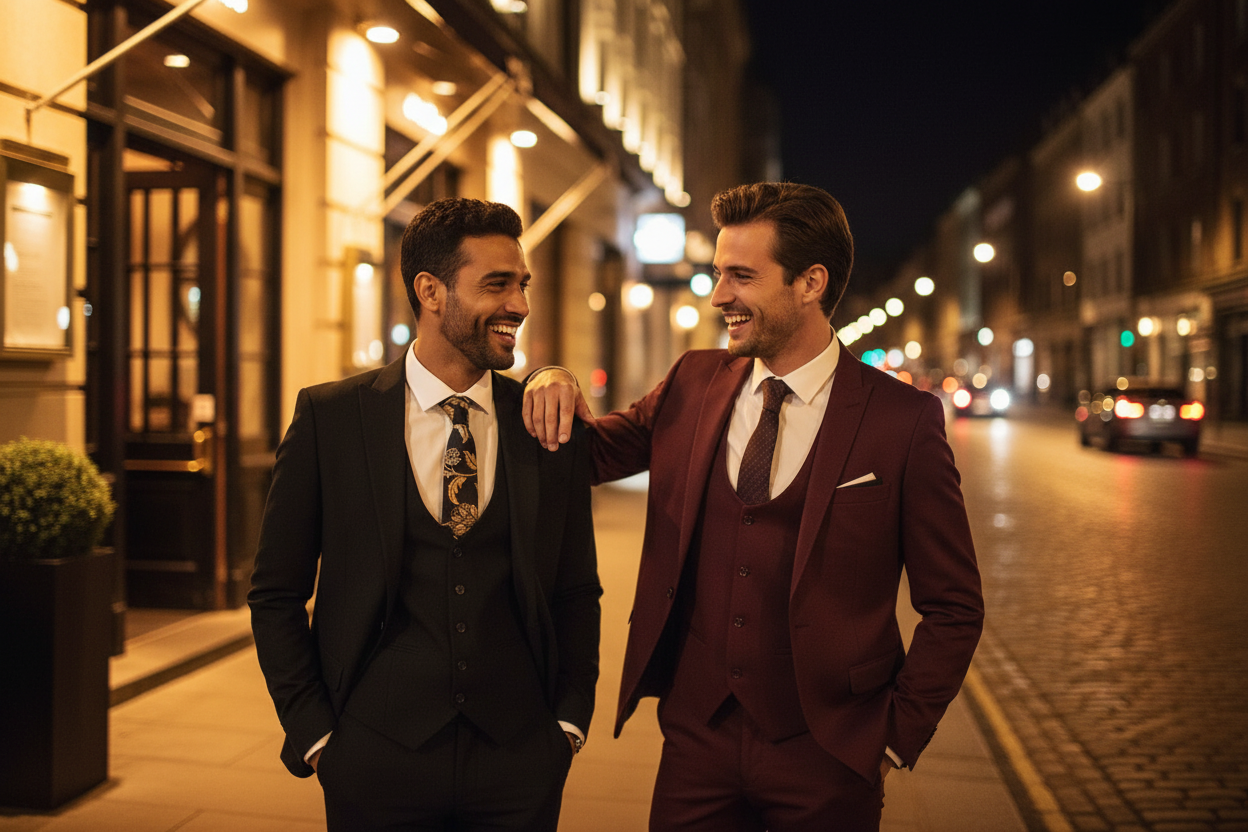

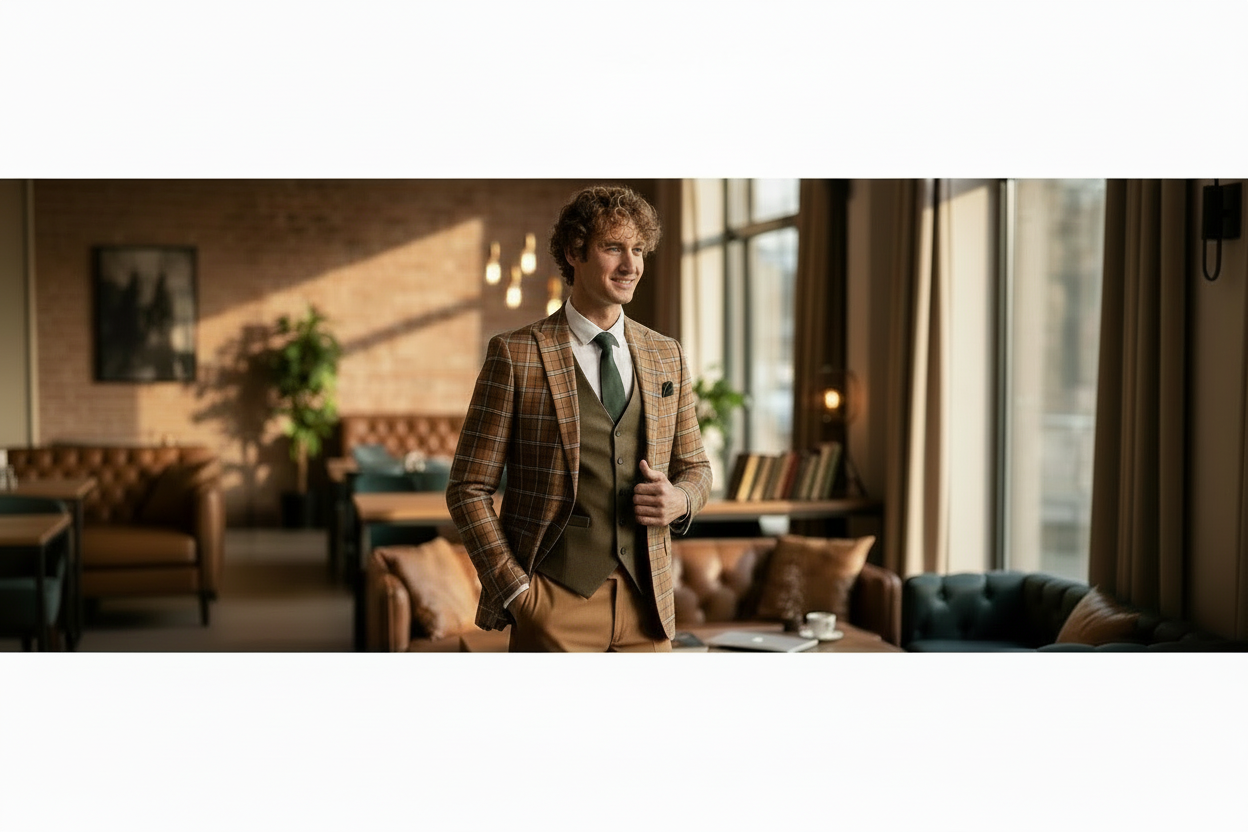
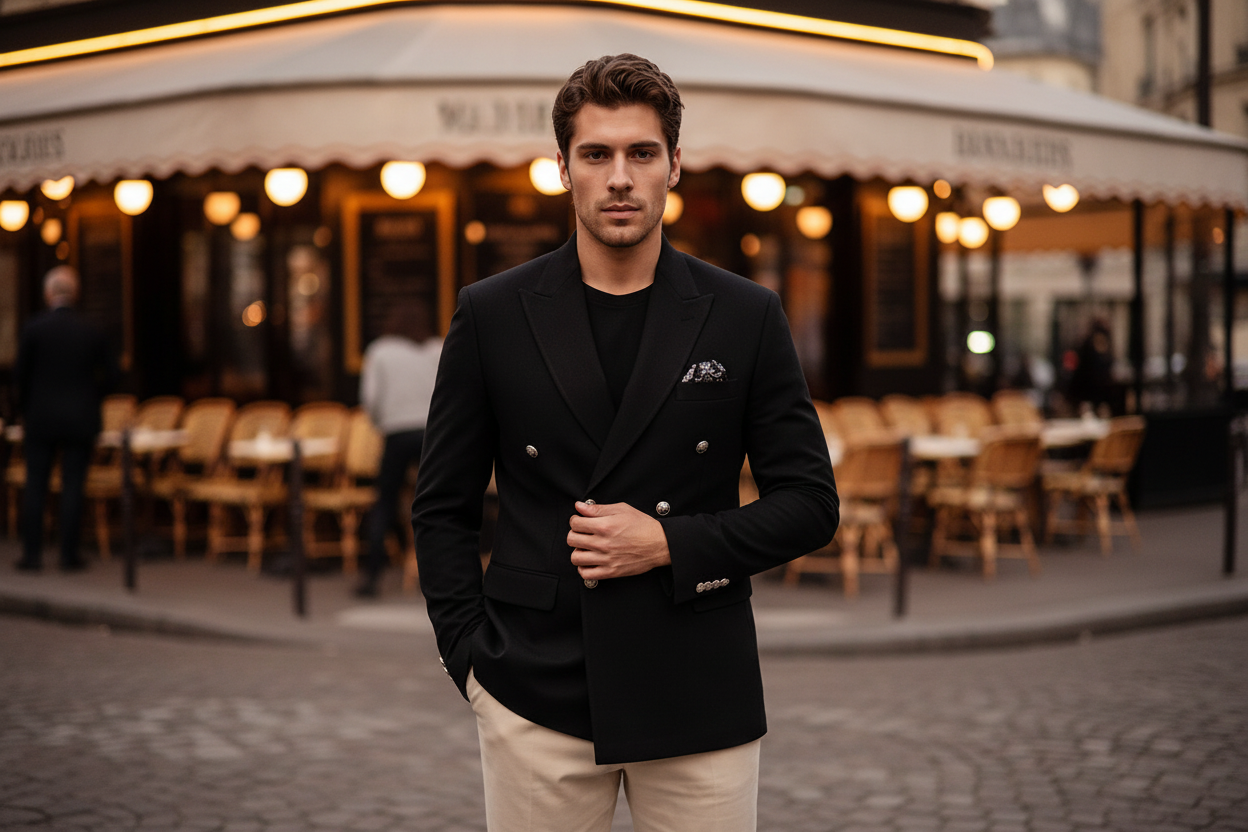
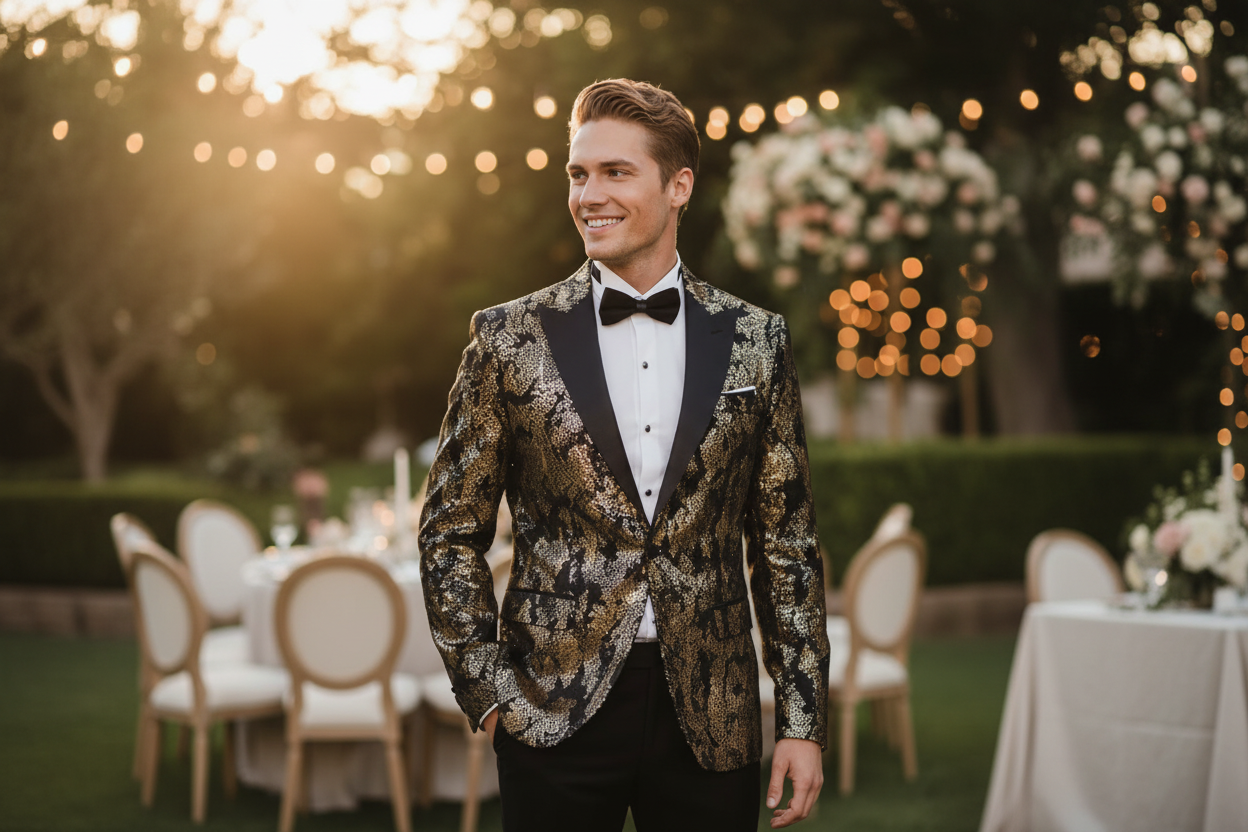
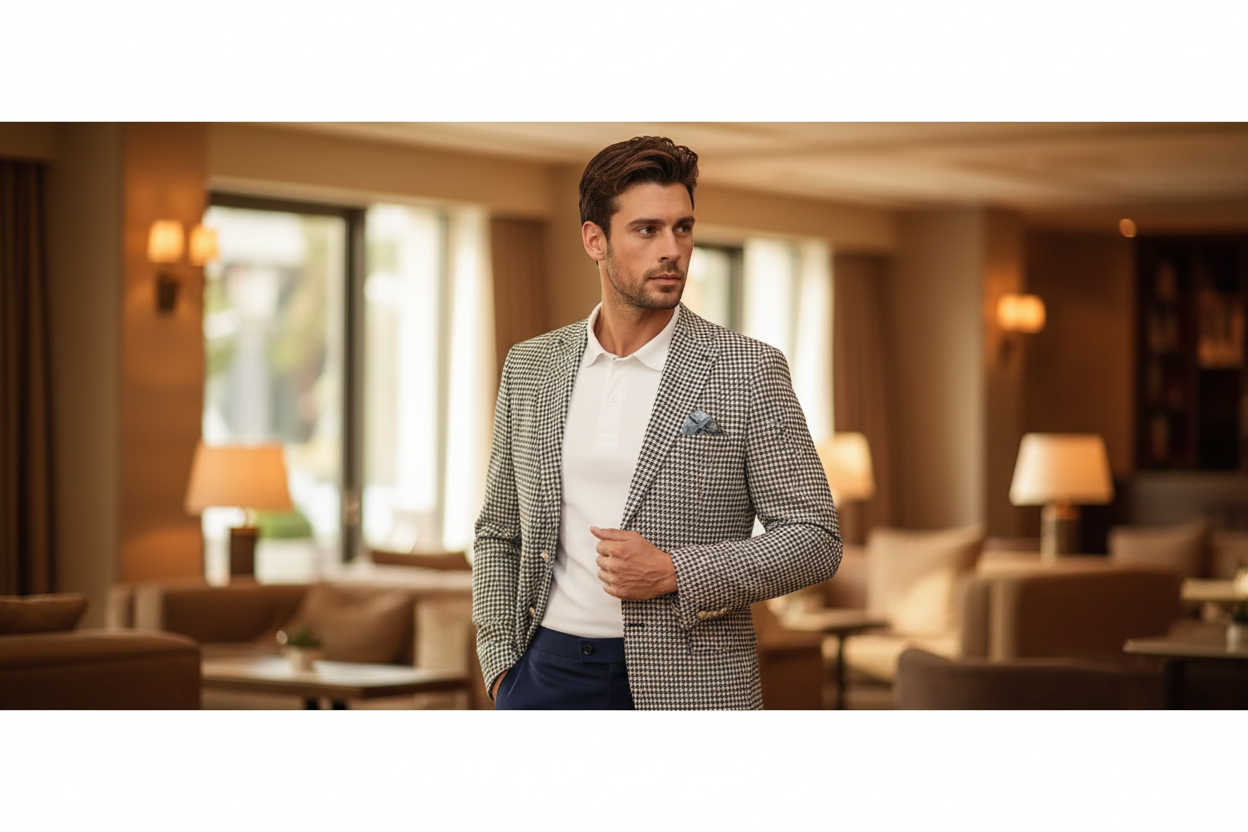
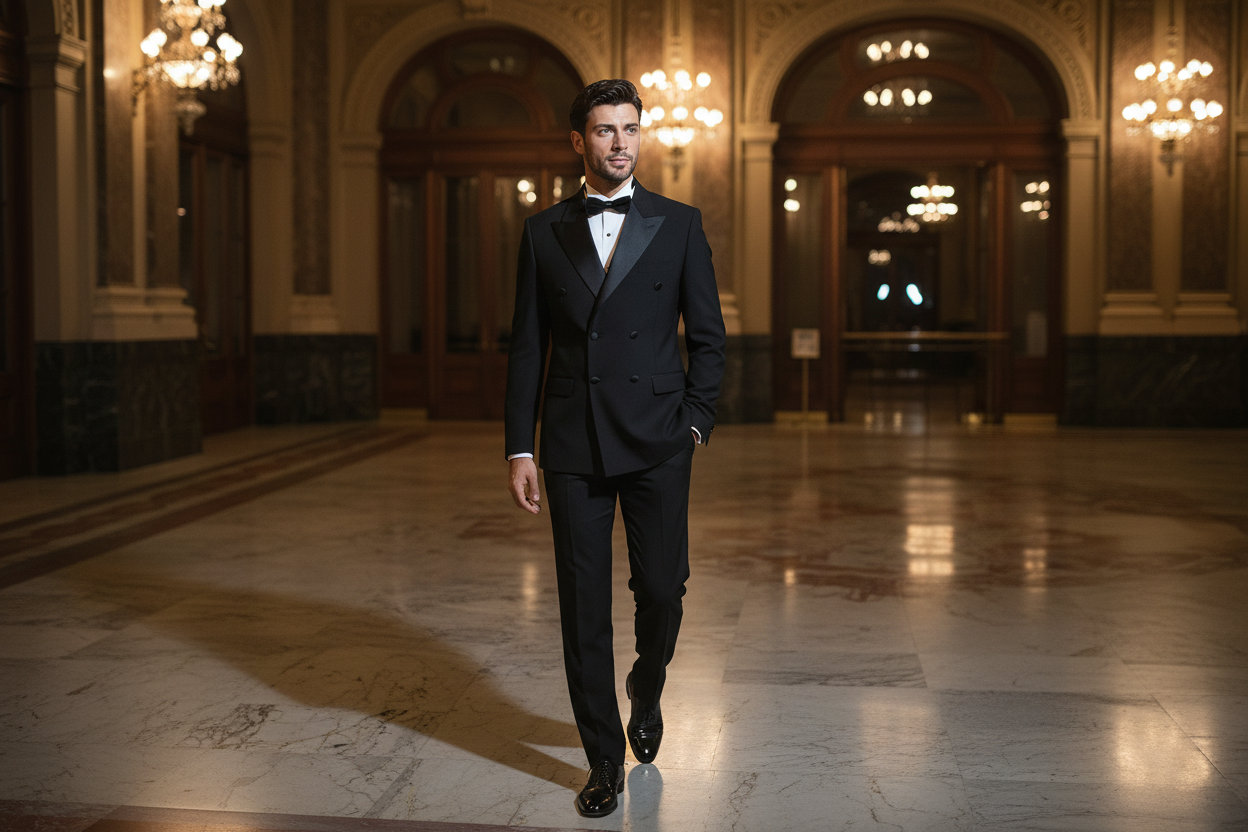

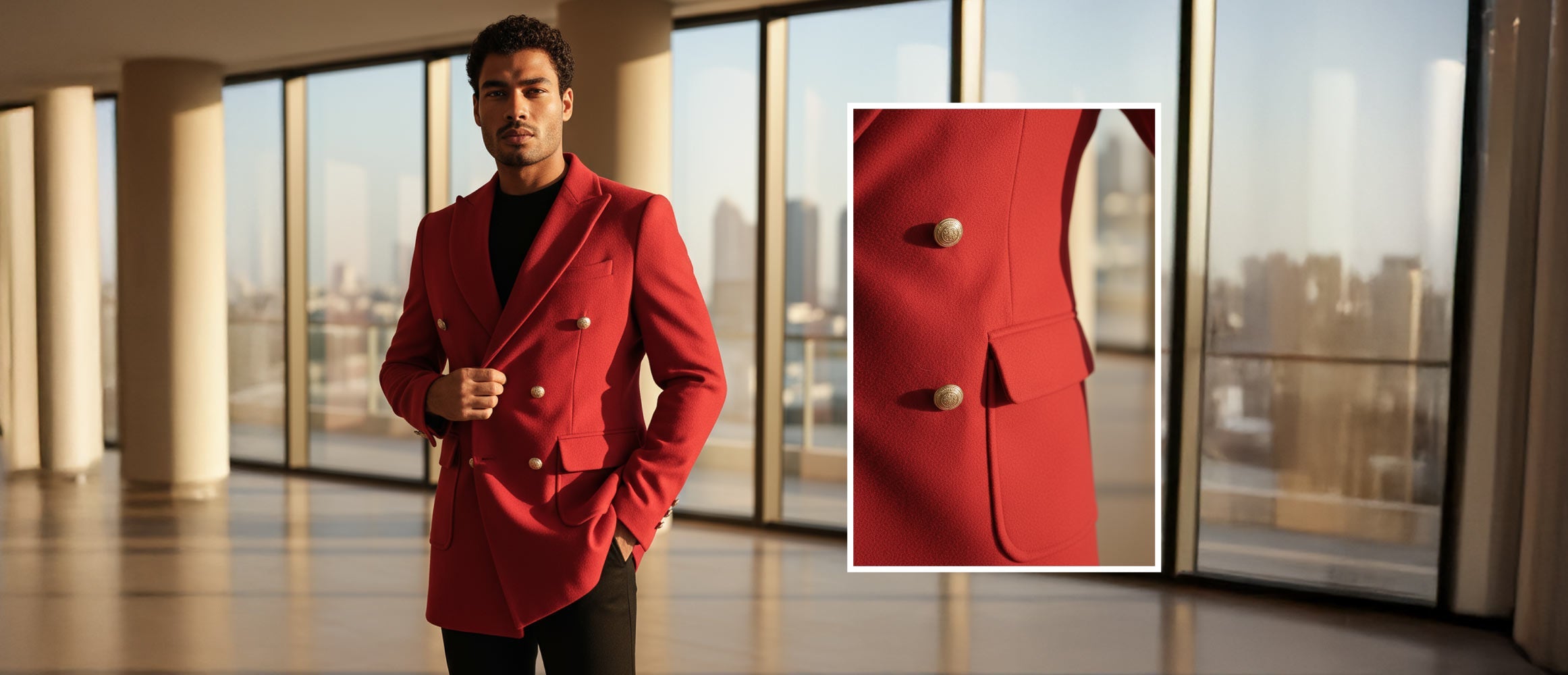








Lascia un commento